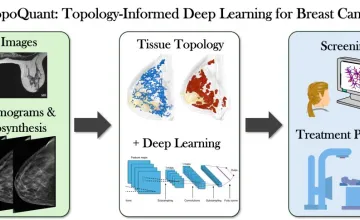AAU universities conduct a majority of the federally funded university research that contributes to our economic competitiveness, health and well-being, and national security. AAU universities are growing our economy through invention and innovation while preparing the next generation of scientists and engineers for global leadership. By moving research into the marketplace AAU universities are helping to create jobs, and provide society with new medicines and technologies.

UMD geologists uncovered evidence of a section of seafloor that sank into the Earth's mantle when dinosaurs roamed the Earth; it's located off the west coast of South America in a zone known as the East Pacific Rise.

Novel research supported by NCI could lead to more specific predictive disease models

A new University of Kansas study reveals parents seeking health care information for their children trust AI more than health care professionals when the author is unknown, and parents rate AI generated text as credible, moral and trustworthy.

Hypertension and amyloid plaques can separately cause dementia. Having both increases a person’s odds of developing cognitive decline, a new study finds
Explore More: University Research
You can filter stories by the university.
Researchers found that even very light workouts can increase the connectivity between parts of the brain responsible for memory formation and storage.
In the largest genetic study of varicose veins ever completed, Stanford researchers and their collaborators found evidence that being tall is a risk factor for the condition.
A new Northwestern Medicine study shows with proper nutrition guidance it is safe and feasible to restrict weight gain in obese and overweight pregnant women.
A team of researchers that includes UCI project scientist Rachita Sumbria, PhD, and UCI neurologist Mark J. Fisher, MD, have for the first time provided evidence that blood deposits in the brain may not require a blood vessel tear.
When teenagers seem to be experiencing conflicting emotions at the same time and struggling to make sense of them all, it may be because they are.
